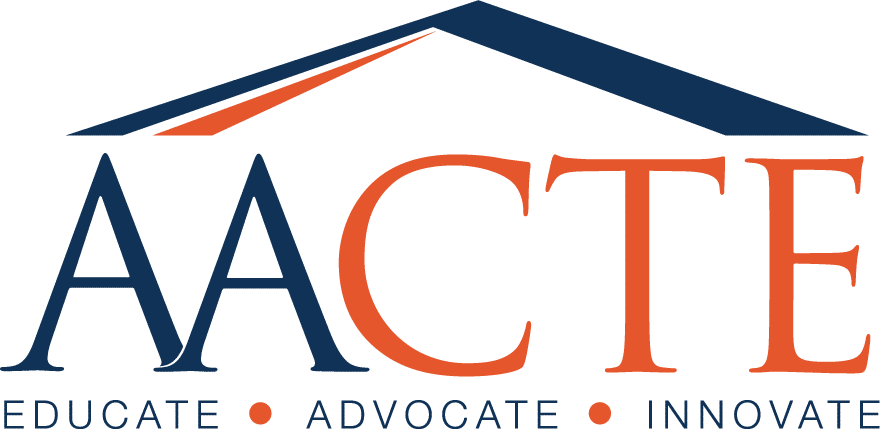PK-12 Student Overtesting Acknowledged by U.S. Department of Education: Big Changes for Teacher Preparation Program Regulations?
On Saturday, October 24, the U.S. Department of Education released a fact sheet on the Department’s Testing Action Plan in recognition of the vast amount of testing our nation’s PK-12 students undergo. This plan was released concurrently with a report from the Council of Great City Schools that examines student testing via an inventory and preliminary analysis.
The proposed teacher preparation program regulations, still expected to be finalized in December, are included in the Department’s plan:
Rulemaking on teacher preparation programs: Last December, the Department of Education released a notice of proposed rulemaking to improve the quality of teacher preparation programs by asking states to perform more rigorous evaluations of the quality of these programs based on more useful measures. In the proposed rule, the Department had suggested moving to a system that would measure the quality of a program by looking at certain discrete categories, including: success in placing teachers within a reasonable period of time after graduation, especially in high-need schools, surveys of teachers about the quality of their preparation, retention rates, employer surveys, and teachers’ impact on student learning. The proposal required that states place a significant weight on growth in student learning, including growth on statewide standardized tests in evaluating these programs.
In the coming weeks, we will release a final rule that maintains a focus on student learning, but provides states flexibility on how to weigh the results of statewide standardized tests and measures of student learning more broadly in any teacher preparation accountability system that it develops.
As in other areas, we believe that student learning as measured by assessment results should be a part, not the sole determinant, of determining the quality of a particular program.
While most press coverage is spinning this announcement as a major change, it is clear that the Department intends to maintain student learning outcomes as one of the four metrics used to rate teacher preparation programs. One might interpret from this alone that little has changed in the development of this mandated accountability system. In the current proposal, states are required to weigh student learning outcomes the most over the other metrics, but just what that weight will be is left up to each state to determine.
Please note that the Department specifically emphasizes “standardized tests and measures” in the language above. This is important: you might recall that in order to fully implement this regulation for all 25,000 teacher preparation programs across the nation, nontested grades and subjects will need to be assessed, as we see in the waivers for the Elementary and Secondary Education Act.
What does this all mean?
I can only speculate at this time, but I imagine that the Department will allow states to weigh standardized tests differently than the assessments used for nontested grades and subjects in a system fairly similar to what was proposed in December 2014. But as with all things in Washington, this speculation is only good until the next piece of information is released or the next rumor started.
We expect the final rule to be released in December and enforceable in 2016.
Tags: assessment, federal issues






